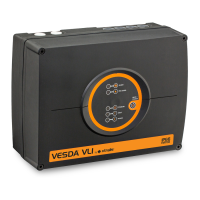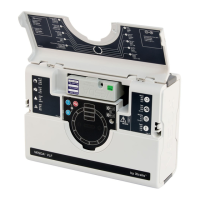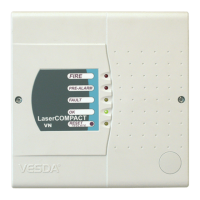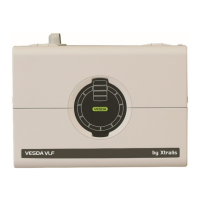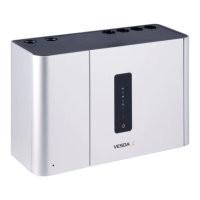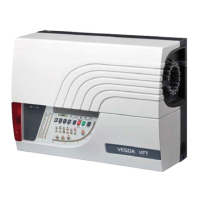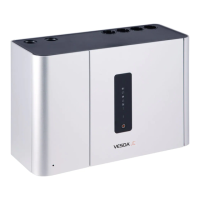VESDA by Xtralis VESDA PipeNetwork Design Guide
www.xtralis.com 17
4.5.2 In-cabinet Sampling
Capillary tubes are used for enclosed in-cabinet sampling. A flexible capillary tube of a maximum length of 8 m
(26 ft) is connected to the main pipe network using tee connection with reducing adaptors. A variation to the
capillary sampling system uses a drop pipe. A 12.5 mm (0.5 inch) ID rigid pipe is connected to the sampling
pipe via a tee connection.
Legend
A Retainer clips
B Sampling hole
C Equipment cabinets
D Capillary tube
E Rigid drop pipe
F Underfloor void
Figure 4-16: Illustration of in-cabinet sampling using capillaries & drop pipes
Note: Care must be taken when installing sample points on the top of cabinets with extractor fans. These
fans may create low air pressure in the cabinet which may stop any air samples being able to enter
the sampling point.
4.5.3 Cable Trays
Cable trays are used to support the distribution of electric cables between racks and equipment, and are
normally suspended from ceiling through cable hangers.
The system design will normally provide ceiling protection, but adequate fire protection in rooms with cable
trays will depend on the cable tray area relative to the room area and density of the cables on the tray.
A performance-based design evaluates the distribution of smoke within a room containing cable trays and
whether the sampling holes can be confined to the ceiling or need to be extended below the cable trays using
drop down pipes.
Figure 4-17: Ceiling sampling over a Cable Tray
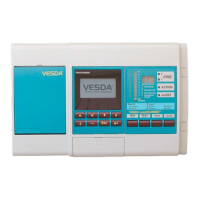
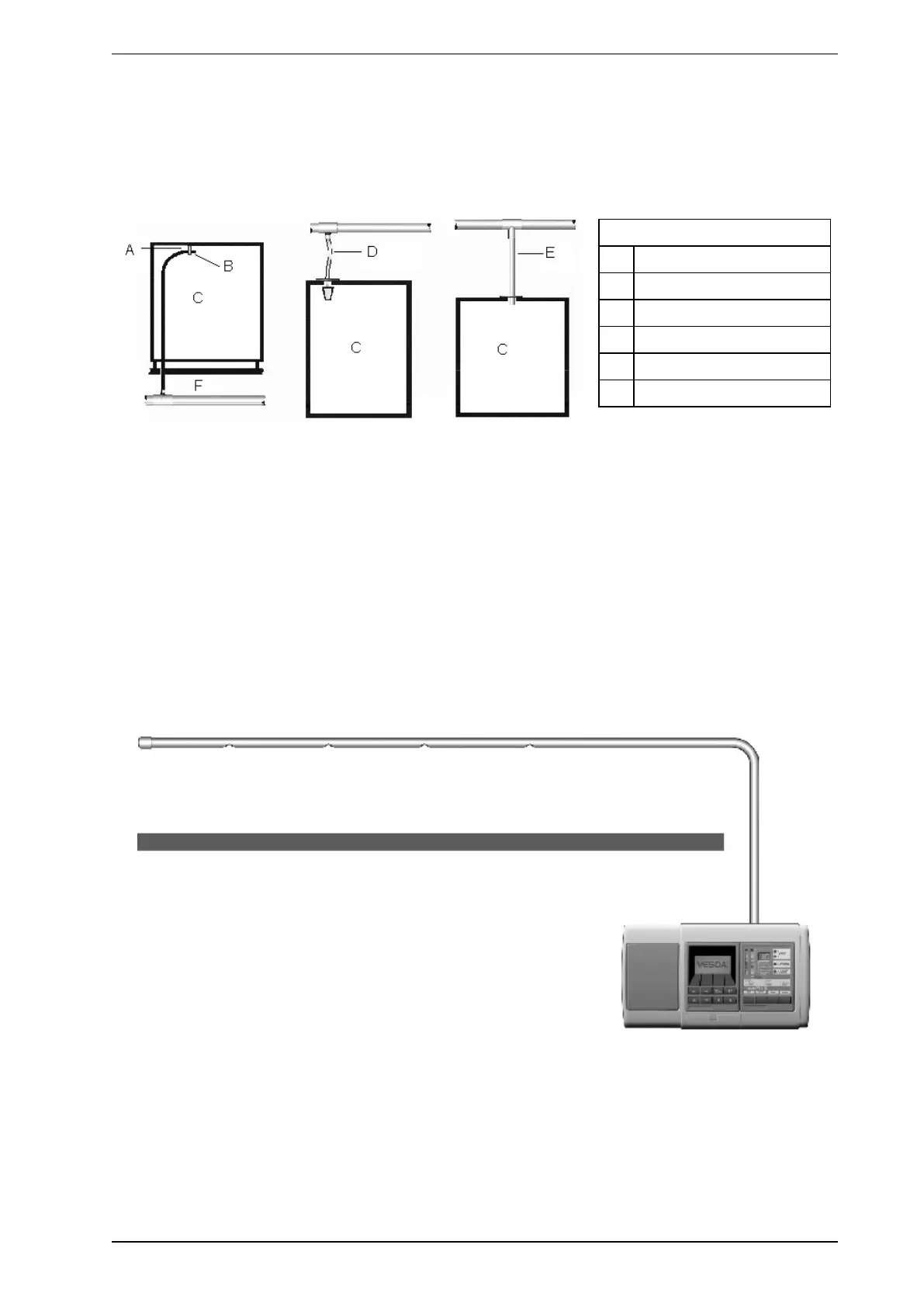